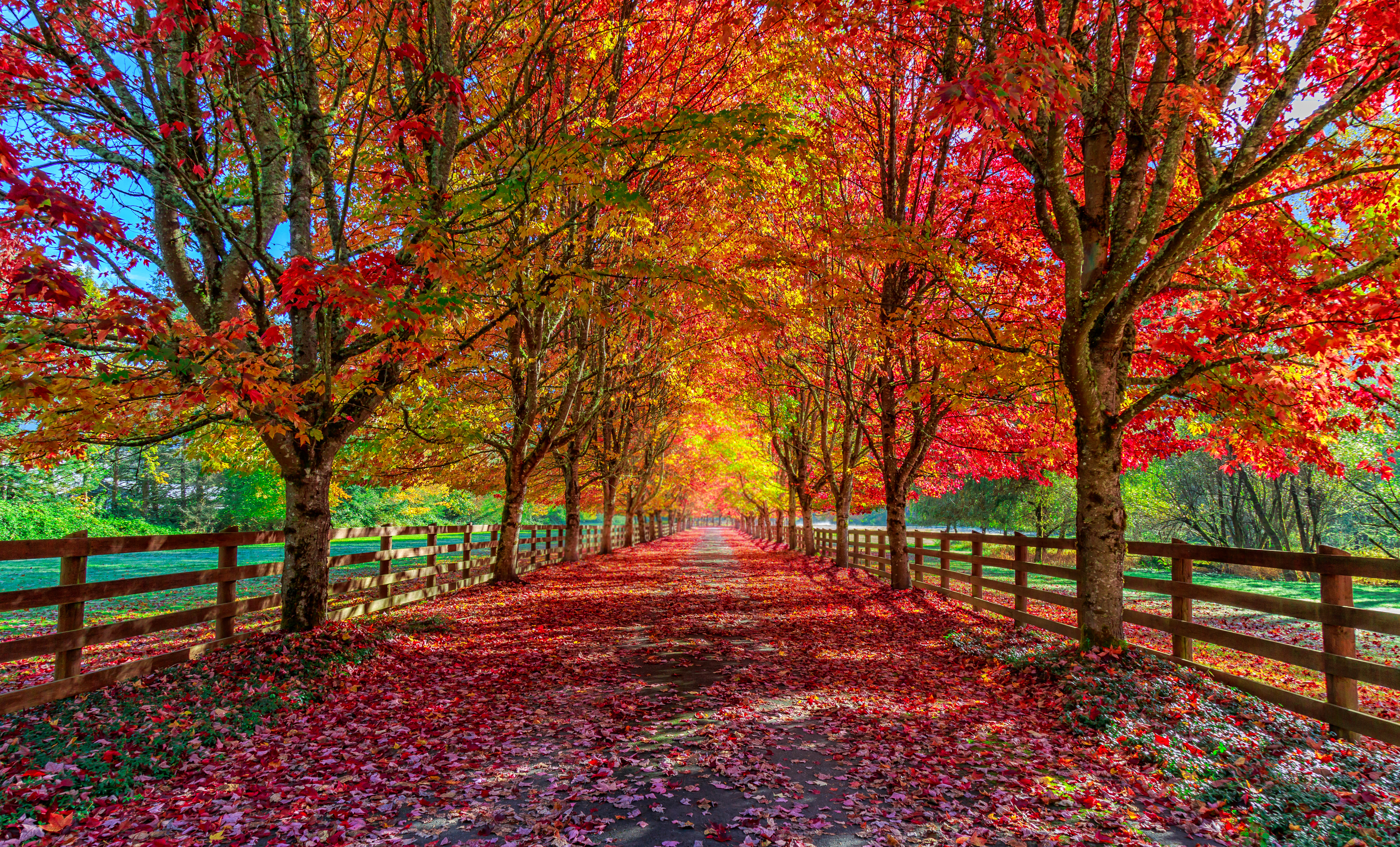
Pre-reading questions
I will read each question. Then, please answer them.
講師がそれぞれの質問を読むので答えましょう。
- What is your favorite season?
- What do you like doing during the autumn season?
Vocabulary
I will read the words, meanings, and sample sentences. Then, repeat after me.
単語、意味、例文を読みます。講師に続いて音読しましょう。
- amaze /uh-MEYZ/
- farther /FAHR-ther/
- weather /WETH-er/
- area /AIR-ee-uh/
- protect /pruh-TEKT/
[verb] – to cause someone to be extremely surprised
It amazes me how you finished your homework in an hour!
[adverb] – to a greater distance
I can’t walk farther. I’m already tired.
[noun] – the conditions in the air above the earth such as wind, rain, or temperature, especially at a particular time over a particular area
We’re hoping for good weather on Sunday.
[noun] – a particular part of a place, piece of land, or country
The park has set aside this area specifically for kids.
[verb] – to keep someone or something safe from injury, damage, or loss
Recycling is important for protecting our environment.
Article reading
Please read the whole article. Then, I will check your pronunciation and intonation.
記事を音読しましょう。講師はあなたの発音とイントネーションを確認します。
The autumn season in Japan is known for its beautiful colors. While the maple trees become a bright red, the tree-lined pathways are covered in golden ginkgo trees. All you have to do is walk around and be amazed at the colors of the autumn trees.
This tradition is called momijigari or “autumn-leaf hunting.” Simply watching and appreciating nature’s beauty is part of this search. Japan is said to have 1,200 different species of trees. Each of the four seasons affects how they look. As you move farther north in Japan, you’ll come across more popular places to see the fall trees. In colder weather, the leaves also get more colorful. The color of a leaf is commonly at its brightest when it is exposed to the sun, changing later in the leaf’s darker area. Japan’s autumn trees are at their most beautiful from early November to early December.
Momijigari, or the actual search for fall leaves, is a Japanese tradition that places high importance on protecting the environment. This autumn, why not go leaf-hunting by yourself?
This tradition is called momijigari or “autumn-leaf hunting.” Simply watching and appreciating nature’s beauty is part of this search. Japan is said to have 1,200 different species of trees. Each of the four seasons affects how they look. As you move farther north in Japan, you’ll come across more popular places to see the fall trees. In colder weather, the leaves also get more colorful. The color of a leaf is commonly at its brightest when it is exposed to the sun, changing later in the leaf’s darker area. Japan’s autumn trees are at their most beautiful from early November to early December.
Momijigari, or the actual search for fall leaves, is a Japanese tradition that places high importance on protecting the environment. This autumn, why not go leaf-hunting by yourself?
True or False:
Read the sentences and identify if they are true or false based on the article.
文章を読んで、記事に基づいて正誤を答えましょう。
- Japan’s spring season is known for its beautiful colors.
- Momijigari is called “autumn-leaf hunting.”
- There are about 1,200 different species of trees in Japan.
- The leaves also get more colorful in warmer weather.
- Momijigari is a Japanese tradition that focuses on the importance of protecting the environment.
Fill in the blanks
Choose the correct word from the table then fill in the blanks.
適切な言葉を選んで空欄を埋めましょう。
| amaze | farther | weather | area | protect |
- The _______ got very bad today. Let’s cancel our meeting.
- Coats _______ us against the cold.
- How much _______ do we need to reach the airport?
- I’m _______ at how well she speaks English very well.
- Dogs are not allowed in this _______.